Have you made the leap to project-based learning yet? The PBL method of teaching has grown a lot of traction in the last few years. It is constantly evolving and growing with the needs of students. Now, there are different types of PBL. Each project-based learning model targets a different facet of a topic.
Let’s check out the 5 models of project-based learning…
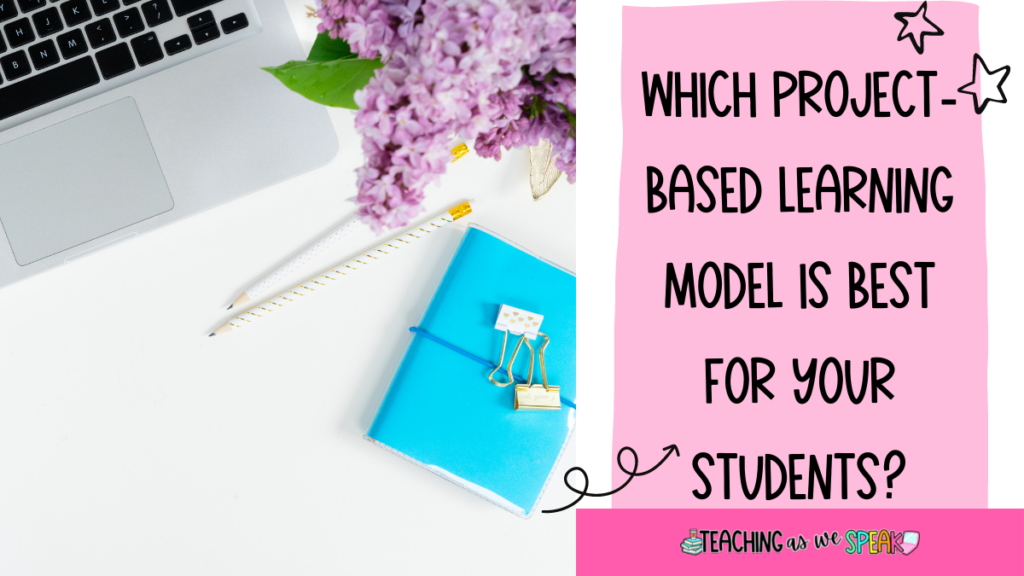
Project-Based Learning Model #1-Inquiry-Driven
The first project-based learning model seems somewhat redundant. After all, project-based learning as a whole runs on the promise of students demonstrating inquiry. In this model of PBL, students are presented with a topic and encouraged to ask questions.
Throughout an inquiry-driven project-based learning model, students’ prime focus is the driving question.
But isn’t a driving question always the prime focus?
Yes. There should always be a driving question for a PBL model. However, think of the inquiry model as “asking questions on steroids”. Students should be constantly asking questions and working to find the answers to this question.
When I think of inquiry-driven PBL, I like to compare it to this clip by comedian Louis C.K (this clip does include adult language!). This clip shows how kids are always asking the question ‘why,’.
Project-Based Learning Model #2-Interest-Driven
In an interest-driven PBL model, students are exploring a topic using an angle they are interested in. The most popular interest-driven projects are passion projects or genius hour projects.
I personally like to choose a specific topic, such as Earth Day, and allow students to explore a subtopic based on their interests. If your students are new to this project-based learning model, they may need some scaffolding in finding out their interests.
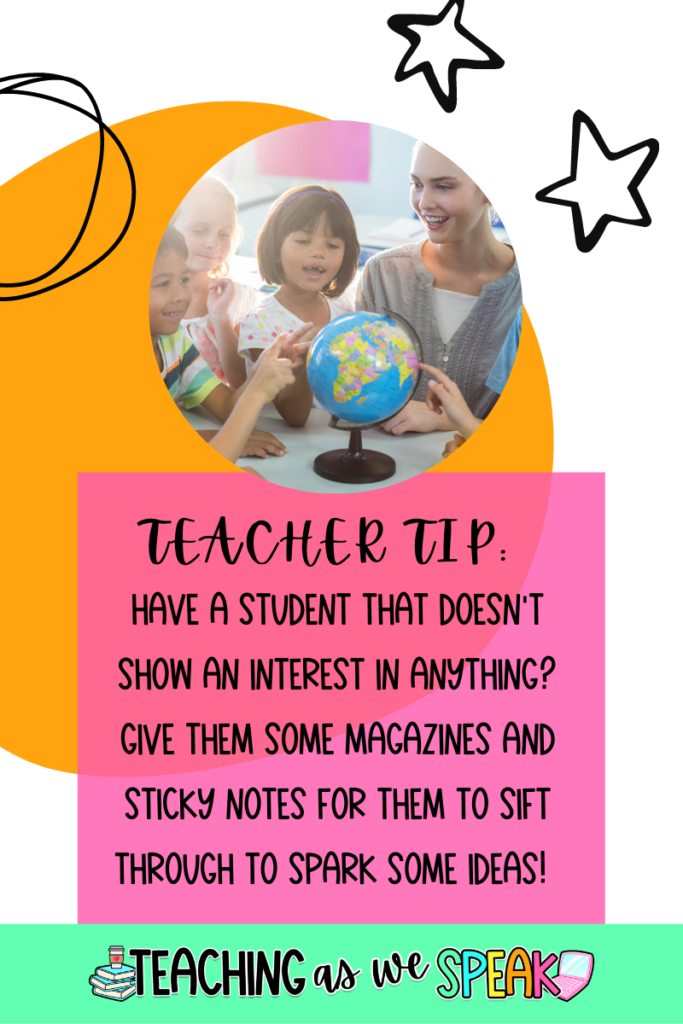
Here are some examples of interest-driven projects using the Earth Day example:
- For students interested in the news or media, they could create a news story about how the school is celebrating Earth Day
- Those social media lovers can create a social media campaign about ways to keep the planet clean
- The gamers in your class could create a challenge with levels to protect the planet
- The fashionistas could design an outfit made out of 100% recyclable materials
Click here to download my free Beginner’s Guide to Project-Based Learning for Elementary ELA!
Project-Based Learning Model #3-Product-Driven
For this model of PBL, students’ focus is on creating a specific product. All roads lead to this one product that students are creating throughout the project. This product could be something that improves peoples’ lives, fixes a problem or demonstrates something.
A product-driven project could also be an inquiry-based project, in that the students are asking a question and creating a product to answer the question. For example, if students are attempting to answer the question “how did the Titanic sink?”, they could create a 3D model of the ship and show how it sank by using a water tank.
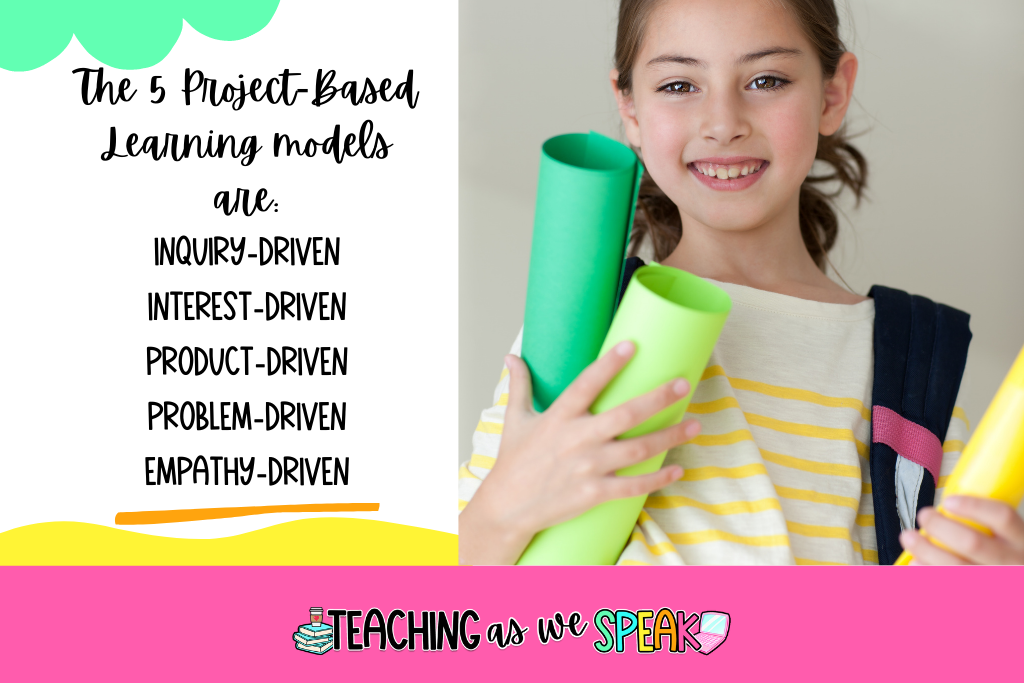
PBL Model #4-Problem-Driven
For this model, students are solving, or trying to solve a real-world problem. This problem should affect a real group of the population.
Ideally, the projects should be presented to a real-world audience. For example, if students want to figure out how to make Trick or Treating more accessible to children in wheelchairs, students would ideally present their proposals to a city official who could create a mandate or could create a demonstration for homeowners in the area.
How do you introduce a problem-driven project to students? First, I like to present the problem through a story, a news clip/article or from a real-live account. Then I ask students to identify the problem in the situation. Thirdly, we will openly discuss ways we could solve this problem in a whole group discussion. Think, pair, shares are great for this as well. Click here to get a free 2-week and 4-week PBL calendar!
Project-Based Learning Model #5-Empathy-Driven
Similar to empathy-driven PBL, students put themselves in the position of others. In empathy-driven PBL, students are experiencing the world through the eyes of someone who is different or appears to be different than them.
Empathy-driven projects could be problem-based or any other project-based learning model. The key focus here, though, is putting yourself in the shoes of someone else.
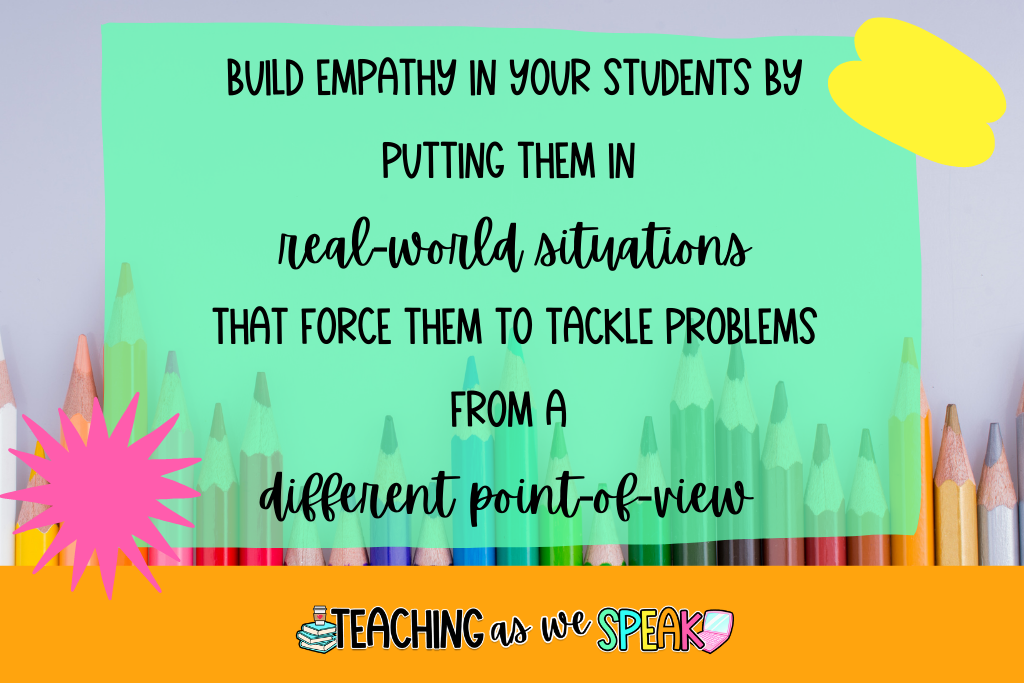
Here are a few examples:
- Experience water shortage with a water strike at the school
- Navigate the school in a wheelchair
- Experience sensory overload in a sensory simulation
Final Thoughts
This was a brief overview of each of the project-based learning models. It is important to note that a project could fit within several PBL models. Where these models differ is the angle at which you focus on the topic.
Have any questions? Comment down below!
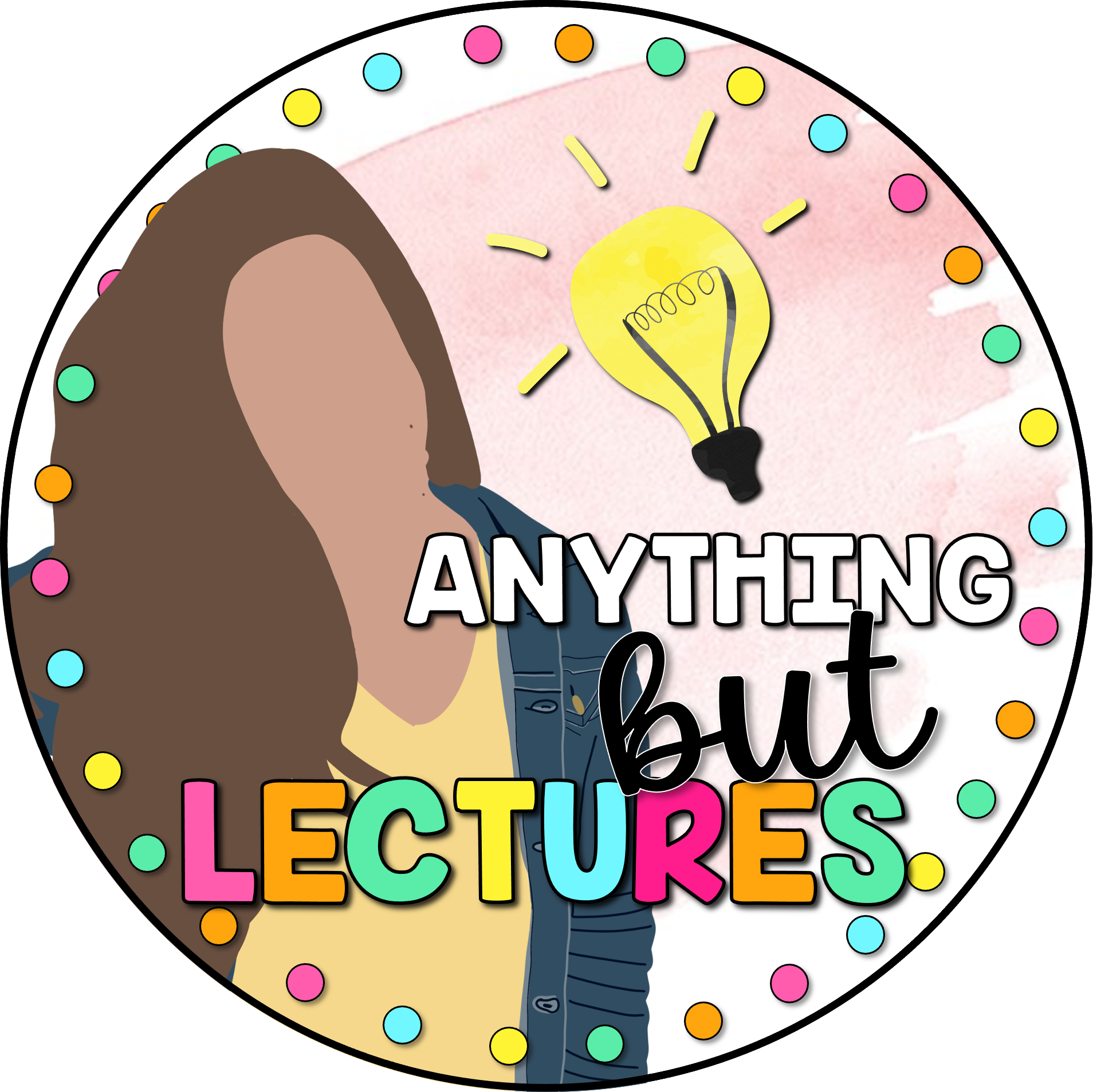

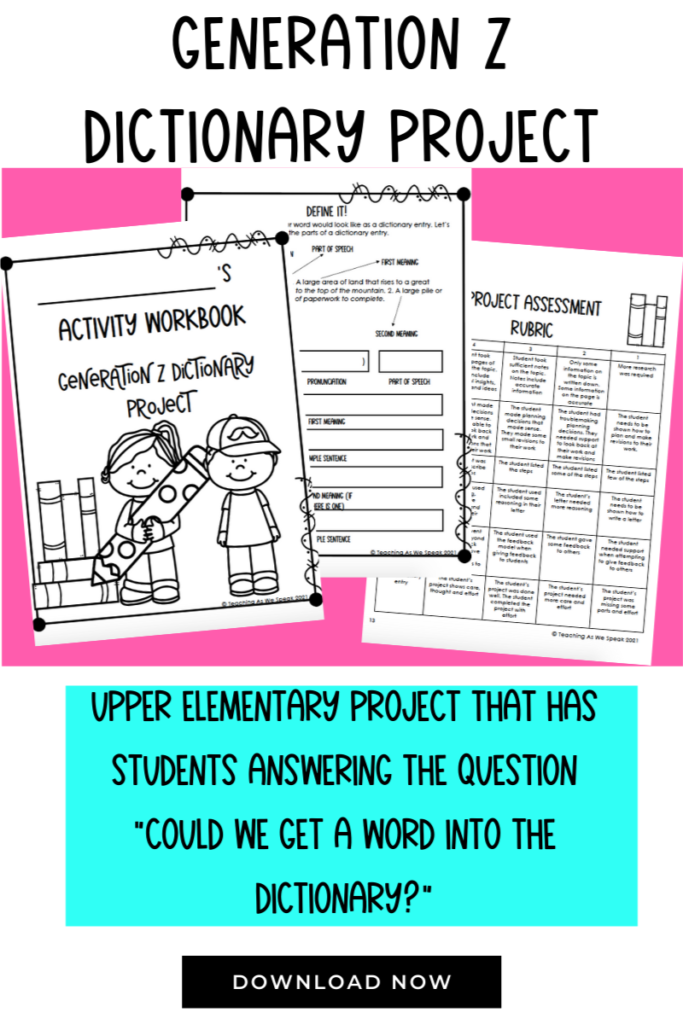


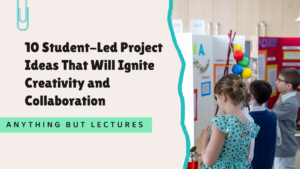
1 thought on “Which Project-Based Learning Model Is Best For Your Students?”